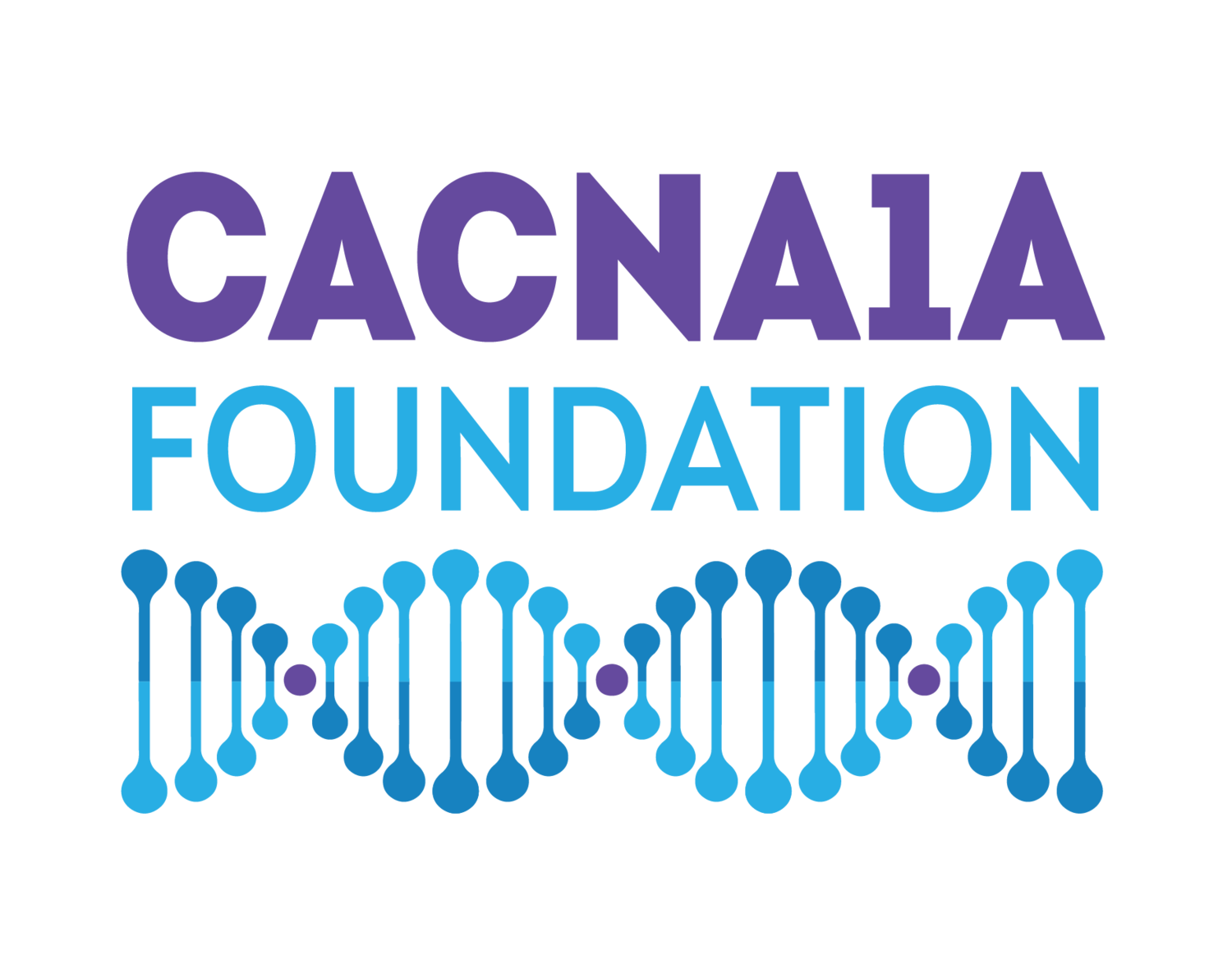Living Life With Cortical Vision Impairment
Part 1
Our family was catapulted into the world of cortical vision impairment (CVI) after our youngest daughter, Addilynn, experienced a status epilepticus event that resulted in her suffering a traumatic brain injury (TBI) at the age of three. She’s now six. When we were initially told that she had developed CVI as a result of her injury, we mistakenly thought it meant she only saw darkness and shadows. We were wrong. As we learned more about CVI, we came to understand that Addilynn’s world was full of meaningless shapes and colors. Adults who developed CVI later in life have described it as though they are looking through a kaleidoscope all the time. Knowing the full impact of CVI on our daughter’s vision felt like a gut punch. Addilynn is also non-verbal, so she was unable to tell us what her world looked like, which made this new diagnosis harder for everyone.
CVI is a brain-based vision impairment. The eyes can see, but the brain cannot interpret the messages from them. In other words, CVI is a visual access and interpretation issue. CVI can occur in individuals with genetic disorders, as well as in individuals who have experienced neurological events, such as TBI. As Addilynn’s mom, but also as an occupational therapist myself, I have developed a great interest in CVI. Particularly how to help individuals with CVI improve their use of functional vision. I have spent hours reading books and internet resources, taking continuing education courses, and participating in webinars.
As a result of my research, I now believe that Addilynn likely had CVI before her TBI, due to her CACNA1A variant. It just wasn’t as severe. Initially, we took a “wait and see” approach to Addilynn’s condition. I learned, however, that CVI can improve with individualized, systemic interventions that can help a person’s brain learn to develop meaning and interpret the signals from their eyes. Because vision impairment can improve through targeted interventions, our family works hard to help Addilyn. And when I think about how much progress she has made since her initial diagnosis, I’m so proud of all of us! It hasn’t been easy, and we still have a lot of work ahead. But I want to urge anyone who has a child with a CVI diagnosis not to give up. The interventions feel tiresome, but they work.
CVI was a whole new world for us. Our family’s journey to help Addilynn has been filled with heartache, confusion, and frustration. She has an amazing team of doctors, therapists, and support personnel, but we still had to do a lot of learning on our own. Here are some of our favorite CVI resources:
Cortical Vision Impairment: An Approach to Assessment and Intervention by Dr. Christine Roman-Lantzy
Cortical Vision Impairment: Advanced Principles by Dr. Christine Roman-Lantzy

